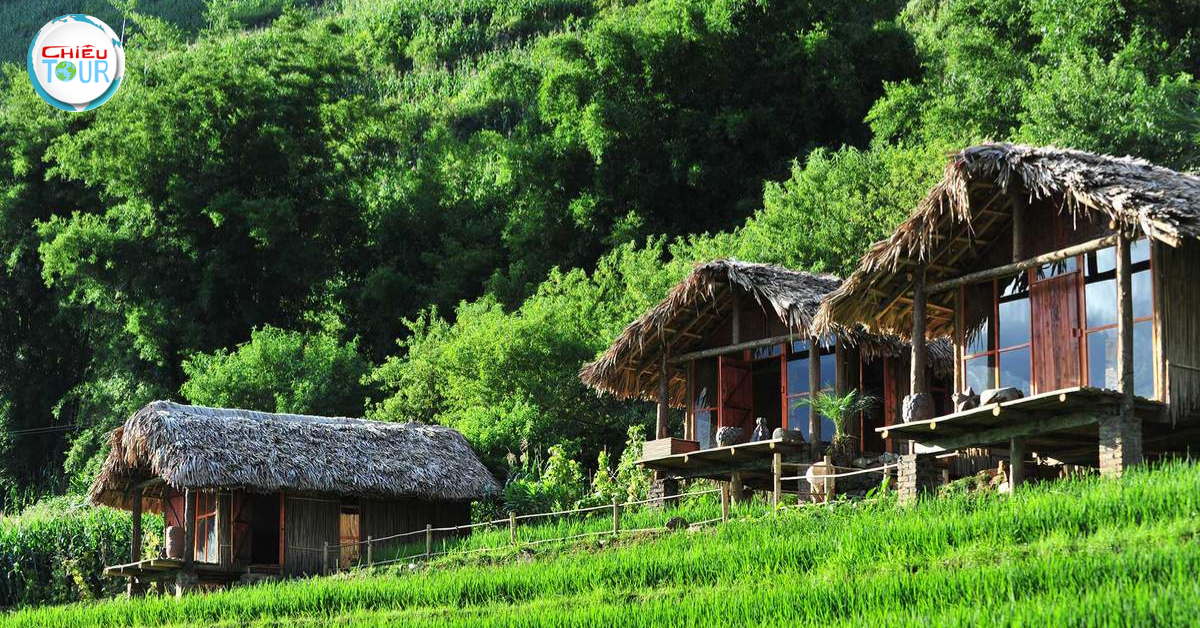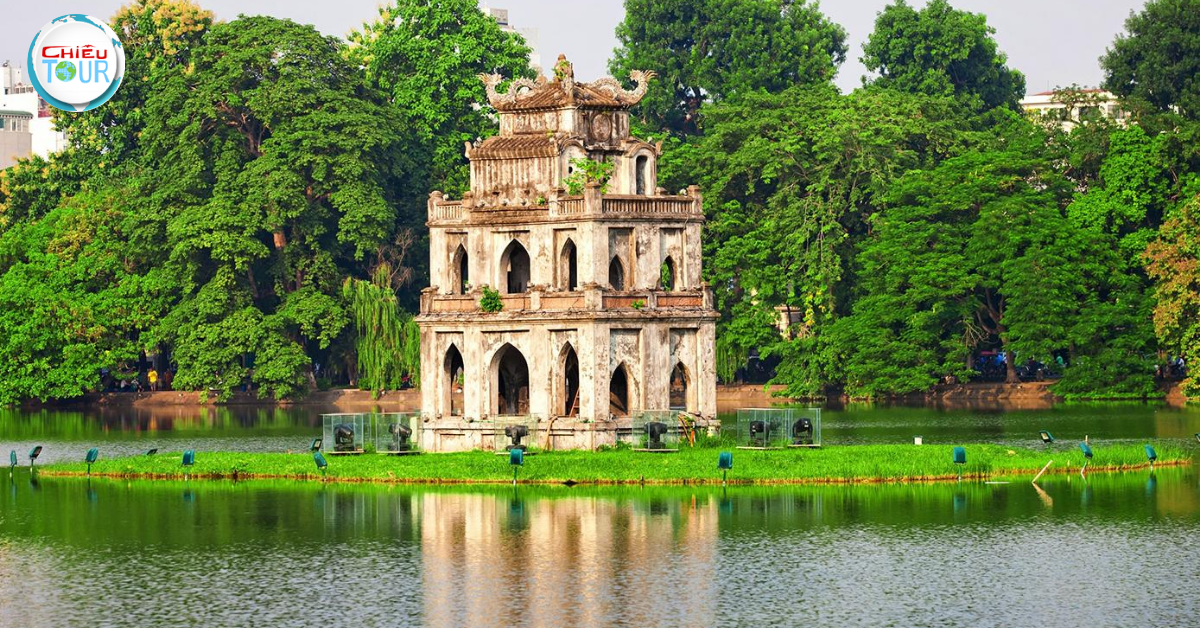The Tomb of Minh Mang
- Author: Admin
- | Hot destination
The Tomb of Minh Mang is a significant historical site located in Vietnam's Imperial City of Hue. Built during the reign of Emperor Minh Mang, this tomb not only serves as his final resting place but also embodies the architectural prowess and cultural values of the Nguyen Dynasty. The Tomb of Minh Mang stands out for its unique blend of poetry, art, and spirituality, reflecting the vision and ideology of its creator.
Historical Significance of the Tomb of Minh Mang
The Tomb of Minh Mang is not just an architectural marvel; it has profound historical significance that echoes through the corridors of time. It serves as a symbol of the Nguyen Dynasty's ideology and artistic expression, making it a vital part of Vietnam’s rich history.
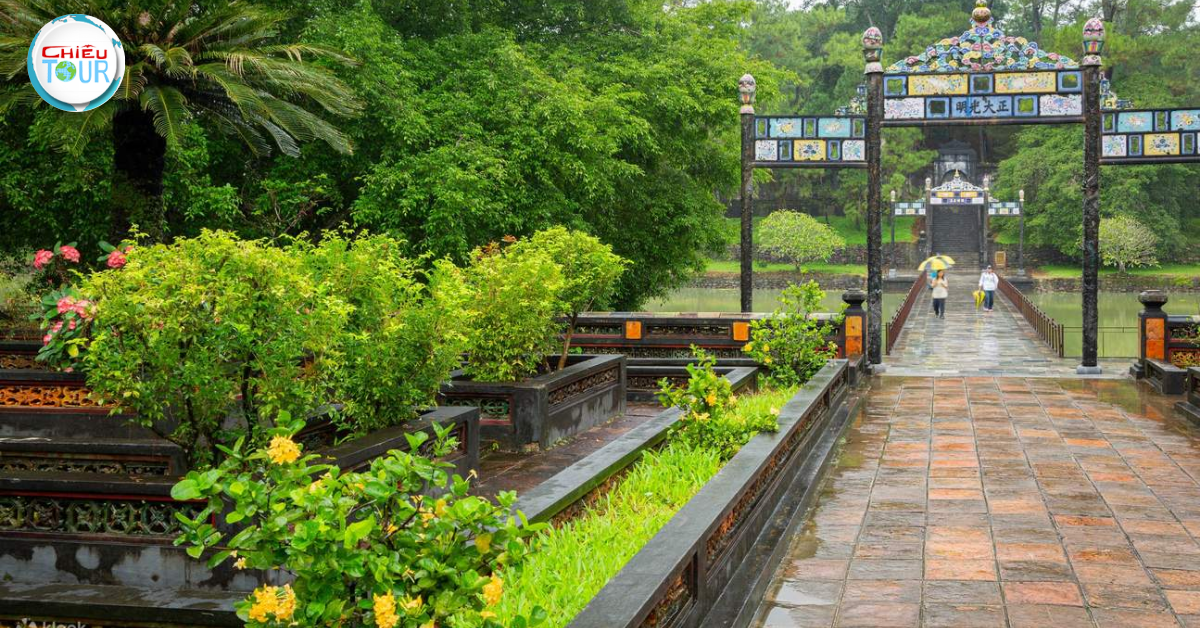
The Context of Its Construction
Emperor Minh Mang ascended to the throne in the early 19th century, and his reign lasted until his death in 1841. The construction of the tomb began shortly after he took power. The emperor wanted to create a burial ground that would not only honor his legacy but also reflect his Confucian beliefs.
The location chosen for the tomb is rich in natural beauty, surrounded by lush hills and the serene Perfume River. This deliberate choice symbolizes harmony between man and nature, which was a critical aspect of Vietnamese philosophy at the time. The construction reflects the emperor's desire to create a space where spiritual and earthly realms could coexist.
Architectural Features
The tomb covers a vast area and showcases intricate design elements that combine traditional Vietnamese architecture with influences from Chinese design. The layout is meticulously planned, following the principles of feng shui and balancing cosmic energies.
The entrance features majestic gates adorned with intricate carvings, leading visitors along a pathway flanked by stone statues representing soldiers and officials. These figures symbolize loyalty and valor, showcasing the emperor's respect for his ancestors and the Confucian values of governance.
As one progresses through the complex, it's impossible not to be enchanted by the exquisite pavilions, lotus ponds, and meticulously groomed gardens. Each feature carries symbolic meaning; for instance, the lotus represents purity and enlightenment in Vietnamese culture. The overall layout of The Tomb of Minh Mang exudes a tranquil yet grand ambiance, making it a peaceful retreat for reflection.
Cultural Reflections
The Tomb of Minh Mang truly encapsulates the cultural milieu of the Nguyen Dynasty. This period was marked by a renaissance of literature, arts, and philosophy. It became a center for scholars and poets who contributed to the richness of Vietnamese culture.
In addition to being a burial site, the tomb served as a venue for annual commemorative ceremonies honoring the emperor. These rituals upheld Confucian values and reaffirmed the connection between the past and present. They also provided an opportunity for Vietnamese people to engage in collective memory and honor their heritage.
With each corner of the tomb crafted with thoughtfulness and precision, it reflects the emperor's commitment to maintaining Vietnamese traditions while embracing new ideas. This delicate balance is what makes The Tomb of Minh Mang a treasure trove of cultural significance.
Exploring the Architecture of the Tomb of Minh Mang
The architectural grandeur of The Tomb of Minh Mang captures the essence of imperial Vietnam. With its harmonious blend of landscape and structural design, this site is a testament to the engineering and artistic skills of its builders.
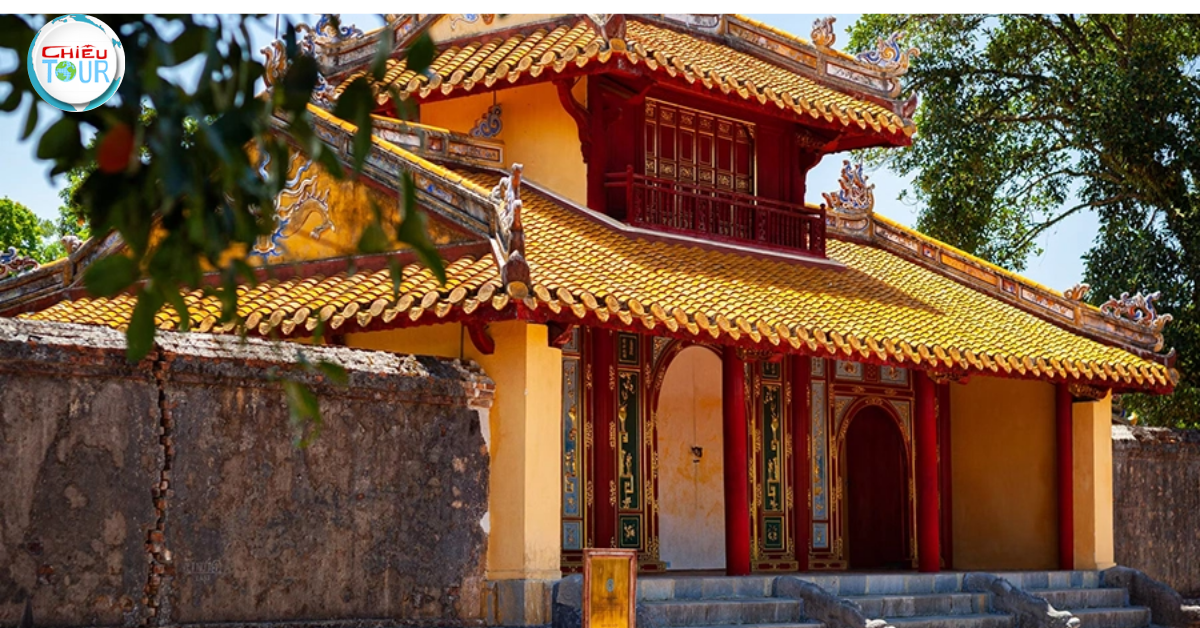
Layout and Design Principles
The layout of The Tomb of Minh Mang is designed on a grand scale, embodying the principles of feng shui. The careful arrangement of buildings, pathways, and natural features demonstrates a keen understanding of spatial organization.
The main axis runs from the entrance through various courtyards to the central tomb, emphasizing the progression from the mundane to the sacred. This thoughtful layout encourages visitors to transition mentally and spiritually as they navigate through the complex.
The use of symmetry is prevalent throughout the design, which adds to the visual coherence of the site. Each element, from the towering gates to the intricate altars, is purpose-driven, aimed at creating a harmonious experience that resonates deeply with Vietnamese spirituality.
Symbolism in the Design
Every aspect of The Tomb of Minh Mang is steeped in symbolism. The various structures signify different aspects of the emperor's life, virtues, and beliefs. For example, the numerous stone statues lining the approach to the tomb serve as guardians, representing protection and honor.
Moreover, the lotus ponds scattered throughout symbolize purity and the potential for spiritual awakening. Water, playing a vital role in the layout, signifies life and continuity, reinforcing the belief in the connection between the living and the dead.
The incorporation of natural elements into the design speaks volumes about the integration of environment with architecture. This approach mirrors the Vietnamese philosophy of coexisting with nature rather than dominating it, reflecting the emperor's respect for the land and its resources.
Artistic Elements
Artistry flourishes within The Tomb of Minh Mang, revealing the aesthetic sensibilities of the era. Intricate carvings adorn pillars and walls, depicting scenes from mythology, nature, and daily life—each telling a story that enriches the visitor's experience.
One notable artistic feature is the use of glazed tiles, which add color and vibrancy to the otherwise solemn atmosphere of a tomb. These tiles often depict dragons and phoenixes, symbols of power and prosperity, reinforcing the emperor's status and ideals.
Additionally, the use of calligraphy serves as a tribute to the written word, reflecting the emperor's appreciation for literature. Various inscriptions throughout the tomb capture important teachings and philosophies, offering insights into the intellectual climate of the Nguyen Dynasty.
While visiting The Tomb of Minh Mang, one cannot help but appreciate the seamless fusion of art, culture, and spirituality. Each artistic detail invites contemplation, encouraging visitors to delve deeper into the nuances of Vietnamese heritage.
Visiting the Tomb of Minh Mang
For those wishing to explore The Tomb of Minh Mang, a visit promises an enriching experience, blending culture, history, and natural beauty. It is essential to understand what to expect and how best to appreciate this incredible site.
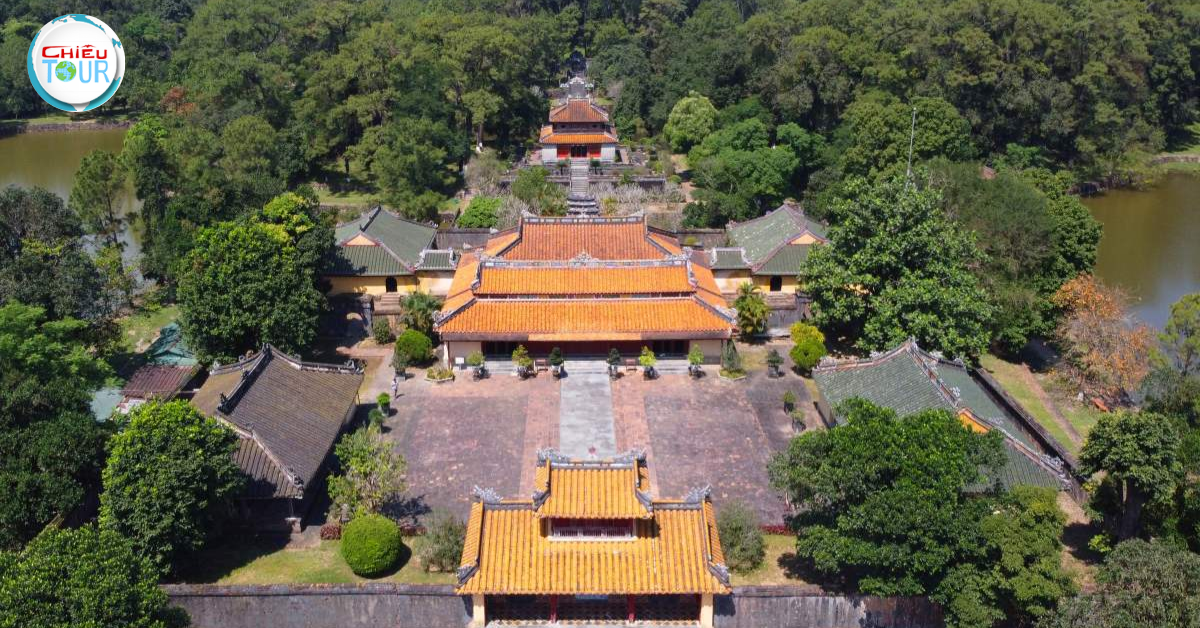
Preparing for Your Visit
Before embarking on your visit, it's wise to familiarize yourself with the historical context of the site. Understanding Emperor Minh Mang's contributions to Vietnamese culture enhances the experience, allowing visitors to connect with the site's significance on a deeper level.
It's advisable to plan your visit during the cooler months, as Hue can be quite humid and hot during summer. Early mornings or late afternoons provide the best lighting for photography and offer a more serene atmosphere for exploration.
Guided tours are available and can provide insightful commentary on the various features of the tomb, enriching your understanding of its historical and cultural relevance. However, exploring at your own pace allows for personal reflection and connection with the space.
What to Expect During Your Visit
Upon arrival, you will be greeted by the grand entrance, setting the tone for the experience ahead. As you walk through the expansive grounds, take your time to absorb the intricate details and learn about the symbolic meanings behind them.
The main path leads to the tomb itself, where visitors can pay their respects. The ambiance is solemn yet peaceful, encouraging quiet reflection. The captivating views surrounding the tomb, paired with the tranquility of the water features, create a meditative atmosphere that is hard to find elsewhere.
Several smaller pavilions and altars dot the landscape, each offering unique perspectives on the emperor's life and beliefs. Engaging with these spaces allows for a comprehensive understanding of the cultural nuances that permeate the site.
Tips for an Enriching Experience
To fully immerse yourself in the experience, consider joining a local guide who specializes in the history of Hue and the Nguyen Dynasty. Local experts can provide invaluable insights and narratives that bring the site to life.
Don't forget to take breaks and enjoy the lush landscapes. Bring along a journal to jot down thoughts or reflections inspired by your surroundings. Taking the time to pause and absorb the sights and sounds will enhance your connection to The Tomb of Minh Mang.
Finally, remember to respect the sanctity of the site. As a burial ground, it holds immense significance for many people. Maintaining a respectful demeanor ensures that everyone can enjoy the beauty and history of this exceptional location.
FAQs
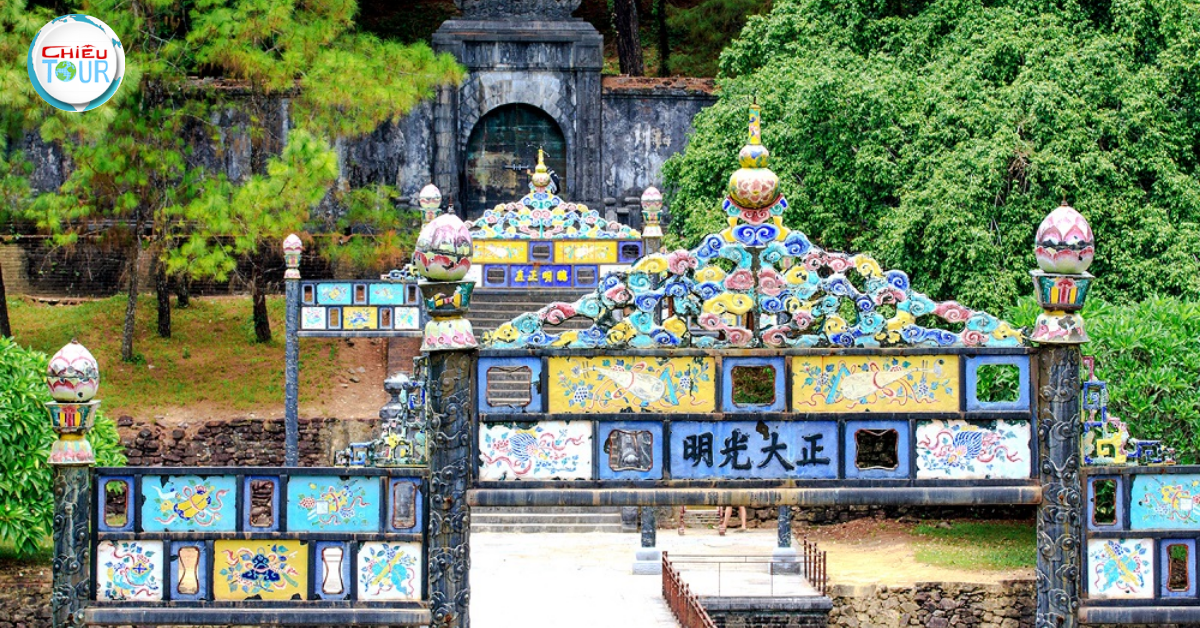
What is the best time to visit The Tomb of Minh Mang?
The ideal time to visit is from September to April when the weather is cooler and less humid, making for a more comfortable experience. Early mornings or late afternoons are especially beautiful.
How much time should I allocate for my visit?
A visit typically requires around two to three hours to fully appreciate the architecture, gardens, and reflective spaces. Allow additional time if you wish to explore nearby attractions.
Is there an entrance fee to The Tomb of Minh Mang?
Yes, there is an entrance fee that contributes to the maintenance and preservation of the site. Prices may vary, so checking in advance is advisable.
Are guided tours available at The Tomb of Minh Mang?
Yes, guided tours are offered and can greatly enhance your experience by providing deeper insights into the tomb's history, architecture, and cultural significance.
Can visitors participate in traditional ceremonies at the tomb?
While participation in ceremonies may be limited, visitors are encouraged to observe and pay their respects at designated areas. Always check with your guide or local authorities for specific guidelines.
Conclusion
The Tomb of Minh Mang stands as a monumental testament to Vietnam's rich history and cultural heritage. Through its exquisite architecture, profound symbolism, and tranquil surroundings, it encapsulates the essence of the Nguyen Dynasty and its values.
Visitors are invited to embark on a journey of discovery, gaining insights into the life of Emperor Minh Mang while appreciating the artistry and craftsmanship that define this remarkable site. Whether you seek tranquility, inspiration, or simply a deeper understanding of Vietnamese culture, The Tomb of Minh Mang offers all that and more—a true sanctuary of history, art, and spirituality.
 Vietnam
Vietnam 
.jpg)
